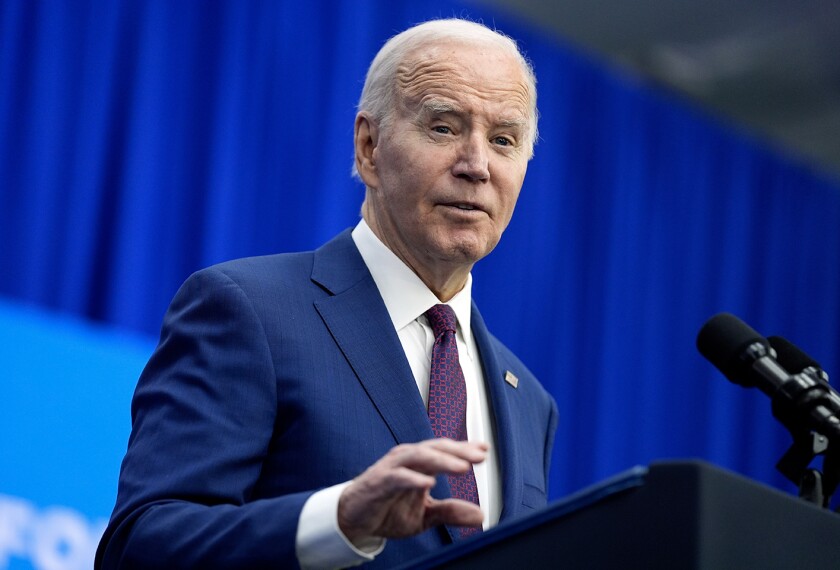The state supreme court has agreed to reconsider its recent ruling that required the state to spend billions of dollars more on public schools.
By a 4-3 vote announced on Nov. 2, the court granted a motion sought by Gov. Bob Taft, who had asked the justices to reconsider their third decision in DeRolph v. State of Ohio, which was made public Sept. 6.
On the one hand, the request by the Republican governor, who faces re-election next year, appears odd. After all, the court’s decision earlier this fall actually handed the state a limited victory, upholding Ohio’s school finance system after the high court had twice ruled the system was unconstitutional.
But the September ruling came with conditions that angered some state leaders.
In an effort to win the court’s blessing at last, the legislature agreed this year to raise state spending for schools by $1.4 billion over the next 24 months. But the court ordered the state to do more: spend another $1.2 billion over the next two years. (“School Finance System Upheld by Ohio Court,” Sept. 12, 2001.)
The plaintiffs, however, maintained that the ruling had let lawmakers off easy and ignored the previous rulings in the case.
Gov. Taft and some lawmakers, meanwhile, wondered how Ohio would pay for the court-ordered spending.
High Court’s Options
In arguing on behalf of the governor to reopen the Sept. 6 decision, state Attorney General Betty D. Montgomery contended that the economic fallout from the Sept. 11 terrorist attacks against the United States would make it hard for Ohio to find billions more dollars for schools. The state also argued that the supreme court had erred in calculating how much the remedy might cost.
Last week, both sides awaited further word from the court.
Among the court’s options: review the case completely, let the ruling stand with some minor adjustments, or encourage the state and the plaintiffs to seek an out-of-court settlement.
William L. Phillis, the leader of the coalition that filed the school finance lawsuit, said last week that he hoped the court’s latest action would not allow the state to escape its responsibilities.
“We’re willing to talk, as long as the state speaks with one voice and all issues are placed on the table,” said Mr. Phillis, the executive director of the Ohio Coalition for Equity and Adequacy in School Funding.




